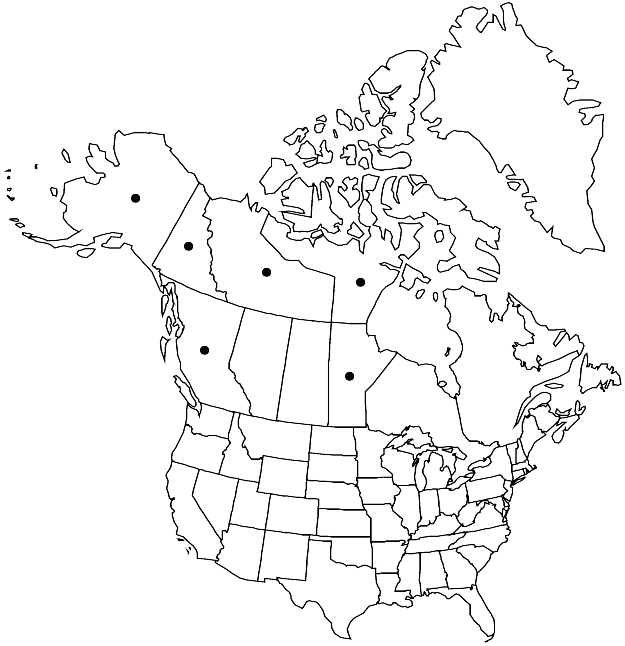Descurainia sophioides
in H. G. A. Engler, Pflanzenr. 86[IV,105]: 316. 1924.
Annuals or biennials; eglandular or glandular distally; glabrate to moderately pubescent, trichomes dendritic, sometimes mixed with simple ones. Stems erect, unbranched or sometimes branched distally, (0.5–) 1.5–11 (–18) dm. Basal leaves: petiole 0.5–5 cm; blade pinnate or, sometimes, 2-pinnate, broadly oblanceolate to ovate in outline, 2.5–11.4 (–15.2) cm, lateral lobes lanceolate, (to 10 × 4 mm), margins incised. Cauline leaves sessile or shortly petiolate; blade smaller distally, distal lobes often narrower, surfaces often glabrous or sparsely pubescent. Racemes elongated or not in fruit, (flowers overtopped by developing fruits). Fruiting pedicels divaricate to ascending, (often recurved in age), slender, (3–) 4–9 (–13) mm. Flowers: sepals erect, yellowish, oblong, 1.6–2.7 mm, glabrous; petals narrowly oblanceolate, 2–2.5 × 0.3–0.6 mm; median filaments 2.5–3.5 mm; anthers 0.3–0.4 mm. Fruits erect to widely spreading, narrowly linear, slightly torulose, (9–) 14–30 (–34) × 0.6–1.1 mm, (usually terete, rarely slightly flattened, often curved inward); valves each with obscure midvein; septum not veined; ovules 30–62 per ovary; style obsolete, 0.07–0.3 mm, glabrous. Seeds uniseriate, light-brown, narrowly oblong, 1–1.5 × 0.3–0.5 mm. 2n = 14.
Phenology: Flowering Jun–Sep.
Habitat: Open meadows, eroded peat, roadsides, disturbed and waste sites, rocky outcrops, mining dumps, gravelly grounds, stream banks, gullies
Elevation: 0-1000 m
Distribution

B.C., Man., N.W.T., Nunavut, Yukon, Alaska, Asia (Russian Far East), Asia (Siberia)
Discussion
Selected References
None.
Lower Taxa
"not" is not a number. "elongated" is not a number."thick" is not a number."dm" is not declared as a valid unit of measurement for this property."dm" is not declared as a valid unit of measurement for this property.